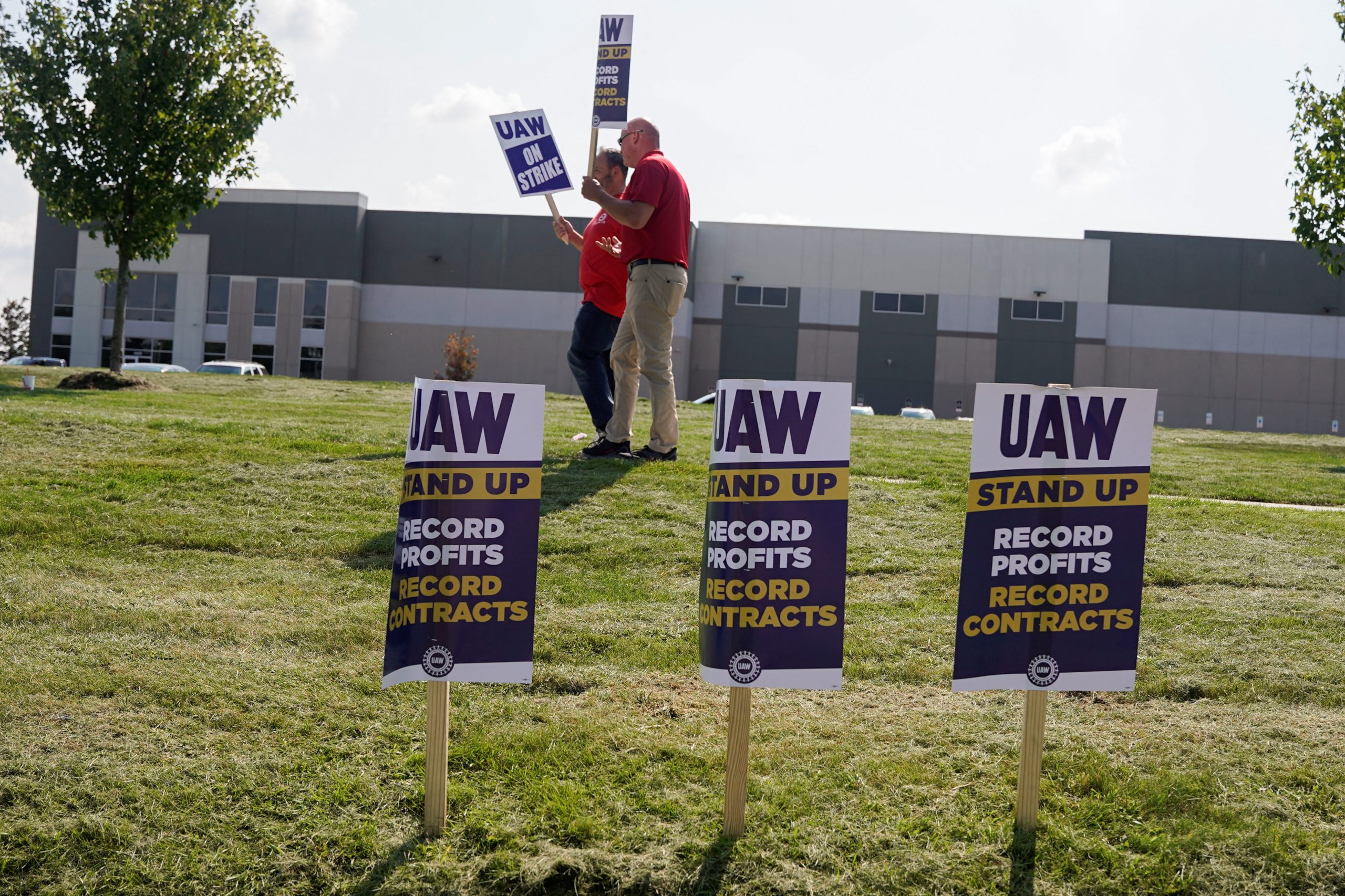
[elfsight_social_share_buttons id=”1″]
The auto workers’ strike continues and is progressively taking quite a toll on the industry as a whole.
A group of autoworkers went on strike back on Sept. 15. UAW and auto employees cited low pay and lackluster health benefits as reasons to demand better contracts. The strikes mainly targeted Detroit’s Big Three automakers, Ford, General Motors, and Stellantis (formerly Fiat Chrysler).
Detroit’s Big Three have sought to end the protests in an amenable way, but they aren’t necessarily backing down without a fight.
In one instance late on Wednesday, Ford said that it laid off another 150 workers in Michigan. This brings the total number of furloughed Ford employees to 2,730. The company said it was the latest walkout at its plant in Kentucky on Oct. 11 which prompted the new set of layoffs.
This particular plant is profit-rich for Ford, making the walkout there a substantial hit to the company.
Negotiations have mostly hit a standstill between UAW and the three automakers. Ford has said it is “at the limit” on what it can provide its workers with its latest offer of a 23% wage hike through 2028. This offer is higher than the ones written up by GM and Stellantis so far.
The UAW demands a 40% wage hike, with 20% of it happening immediately upon ratification, and general improvements in benefits.
With talks not progressing, these walkouts are having a devastating effect on Ford, GM, and Stellantis by hitting them where it hurts: their wallets. However, this also applies to the overall automotive industry.
Anderson Economic Group estimates a total loss of $7.7 billion from the start of the protests through Oct. 12. This applies to not just the three major automakers, but to suppliers, dealers, and workers.
Foreign automakers are expressing concerns about the strike’s lasting effects. Even other industries like air travel, paints and coatings, and trucking firms are being hit by the strike.
University of Michigan professor Erik Gordon said that the effects of “the strikes will last long after UAW members return to work.”
The strike now enters its sixth week with over 34,000 workers on the picket lines. While the crux of the protests are centered in Detroit, automobile plants across the U.S. are being affected. It goes as far east as Massachusetts, as far west as Oregon, and as far south as Florida.
